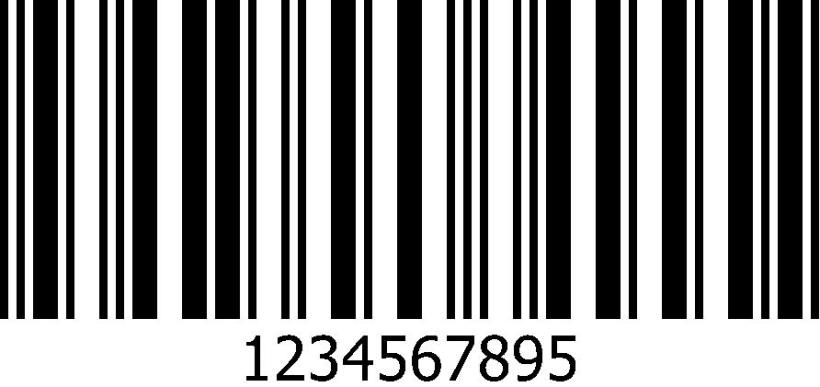Barcode Symbology – 1D Barcode Symbology
Andy Ruffell / 9 years ago

Barcode technology roots its genesis in symbology. In simple terms, symbology is the equivalent of a language. The language is encoded using single digits or single characters into language message. However, the message is only complete once you also encode the start and stop marker characters in the bars and spaces. In other words, symbology can also be defined as the mapping between messages and specific codes. Symbology has over the years existed on a very controversial basis. The majority of symbologies that have existed are around for political reasons. While others types of symbologies, like the barcode 1D symbology, have survived owing to technology.
Looking closely at barcodes, one will notice that they are not the same. Some barcodes will have different widths of the black and white bars, while others will have two narrow strips of white and others simply just one wide white bar. Some will appear compressed while others will be longer than the rest. In essence, the 1D barcode symbology has more than 100 different symbologies. Keeping in mind that organizations will normally have their own systems of symbologies to use in place. The choice of the kind of symbology one is to conform to will never be at the discretion of the employees. “We believe that our new combined package of products — WaspLabeler and Barcode Maker for Office — will help businesses eliminate data entry errors, provide easy access to information and collect data quickly and accurately,” said Brian Sutter, director of marketing.
However, if you must choose which symbology to use, you might want to consider the following factors.
The Available and Set Standards.
Many barcodes, be they from different vendors, Shopify being one of barcodes vendors, will most definitely share similar barcode applications. The 1D barcode symbology also has a standardization code that will govern the use of these types of codes. Such are the set standards eliminating any fear of duplication one may have. Therefore, one should make sure that they clearly understand the limitations an industry has to the use of barcodes symbology. This is to avoid any would be unfortunate befalling.
The Symbol Set
It is important to note that 1D barcode symbologies have limitations especially on the number of characters that can be encoded.
The Density
Each symbology uses a different kind of given space per character. The 1D barcode technology also has its specific width lengths for which anyone printing the barcode will have to conform to.
Readability
Always choose a code that is friendly to read. The perfect vantage is that 1D barcode symbologies are simple. They always maintain a very simple approach to labeling; therefore, they will not force the consumer to strain with reading the digits and any other information that could be encrypted into the barcodes.
Compatibility and Acceptance of the Symbology
The barcode you choose should also be compatible to the industry or company at play. It will be true to say that the 1D barcode symbology is one that is universally accepted by almost every industry.
1D Barcode Formats.
1D barcode symbology takes the form of many formats from AimGlobal. These symbols are part of the codes 39, EAN, code28, UPC (the Universal Product Code) or interleaved 2 of 5. First is the Coda bar, which is very famous with the US Blood Banks. The Coda bar is an alphanumeric code. Though it only has the letters A, B, C, D, E, *, N or T. Second is the Code II barcode which has been primarily used in the telecommunication industry. Third we have the nationwide barcode symbology, a 1D barcode symbology of very high density, the code is particularly common to the shipping and packaging industries. Other 1D barcode symbologies include CODE 2 of 5 Interleaved which is an all numeric code used for packaging and it also has no limitations to the length of the symbol. Code 39 is a highly discreet code; interestingly enough is that it’s a code that was pioneered by the automotive and the defense industries. It is an alphanumeric barcode whose symbols tend to be as long as deemed necessary. This is to store intended encoded data. Other examples of 1D barcode symbologies will include the Telepen. They provide the very many forms of 1D barcode symbologies available and the industries to which they are specifically used and famous for. This is evident at LeadTools.com.
Why Should One Choose 1D Barcode Symbology
The popularity 1D barcode symbologies have gained is very high compared to their counterparts, the 2D barcode Symbologies. About 99% of applications are conversant and very friendly to 1D barcode symbology. This will imply that the support systems in place for 1D barcode symbology are very reliable and available.



















